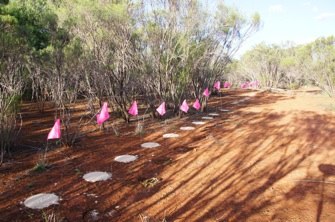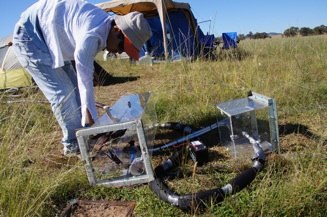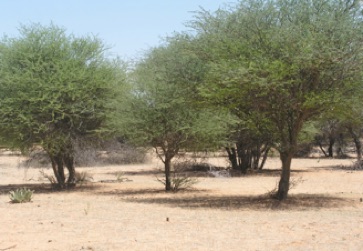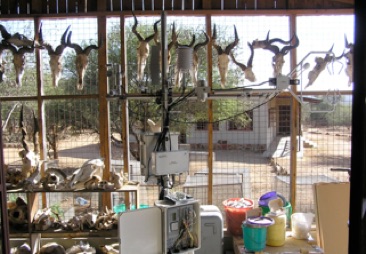Ecohydrology & Biogeochemistry


Research Topics

Overview
Drought Impacts
As drought is predicted to increase in frequency and intensity in many parts of the world, it becomes increasingly important to better understand the mechanisms and consequences of drought impact on vegetation in both natural and agricultural settings. It is also important to develop new tool to better monitor drought and their impacts.
Our group is interested in applying stable isotopes (13C, 15N, 18O, 17O and 2H) to the study of vegetation water source, nutrient source, root uptake patterns, soil distribution, nitrogen mineralization and much much more. We are also interested in developing novel methods to measure and utilize stable isotope to understand various system processes.
Evapotranspiration Partitioning
Globally, evapotranspiration (ET) accounts for about 65% of rainfall input and this number can be up to 95% in water-limited systems. ET comprises of evaporation and transpiration, and is controlled by different mechanisms. Separating evaporation and transpiration has always been a challenging task especially at large spatial scales due to technical constraints. We are interested in using stable isotopes as a major tool to separate evapotranspiration at various spatial and temporal scales and studying the controlling factors of ET partition. We are also interested in how future climate change will impact the partition.
Non-rainfall Waters
Water is the most limiting resource in dryland ecosystems. There is growing evidence that the small but critical amount of non-rainfall (e.g., fog and dew) input into dryland systems is essential for ecosystem functions (Wang et al. 2017 WIREs-Water). Despite its importance, there are key research gaps in the understanding of non-rainfall water impact on dryland ecosystem dynamics at a global scale. For example, where are these non-rainfall water coming from? What are the mechanisms? Our research group aims to address these gaps using stable isotope analyses, remote sensing and modeling approaches.
Stable Isotope Applications




The research work of our lab group focuses on the interactions between soil, water and vegetation in various environments, especially the water-limited systems. Stable isotopes (13C, 15N, 18O, 17O and 2H) are our major approach in addition to a variety of other tools, including manipulative experiments, field observations, geostatistical methods, greenhouse experiments, remote sensing and modelling to tackle these interactions. We are also interested in working on developing new tools to study these processes. The followings are some of the current research topics.











